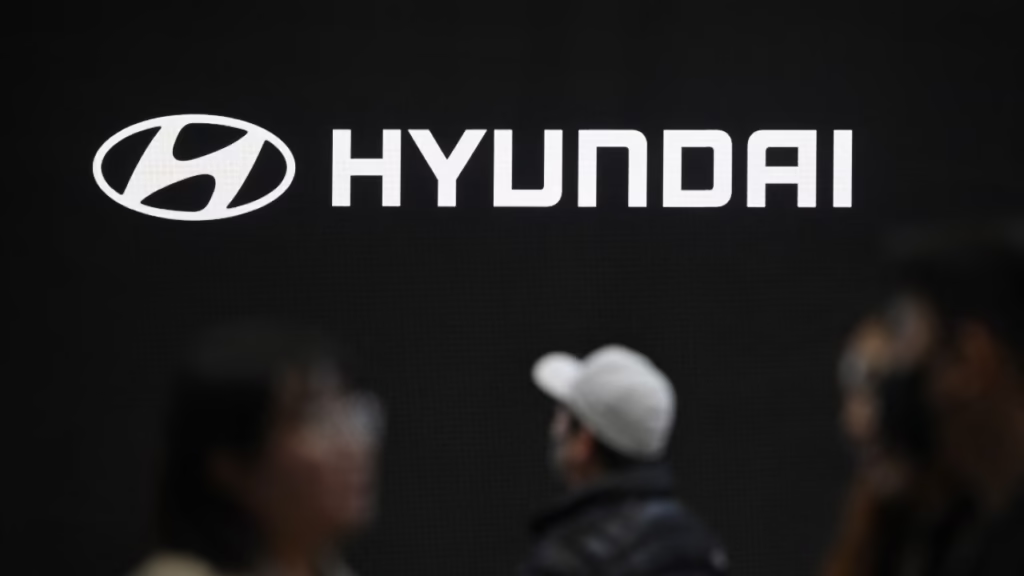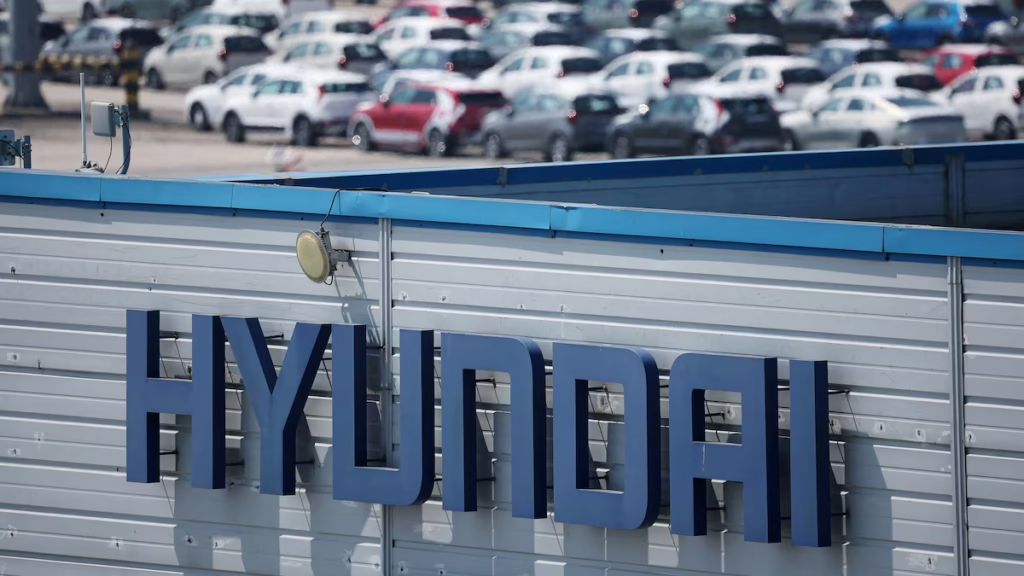Hyundai Motor Tariff Impact Grows Amid Global Trade Tensions
Hyundai Motor, South Korea’s second-largest automaker, has raised concerns about a larger-than-expected impact from global tariffs, following a noticeable drop in its recent quarterly profits. This warning shines a light on how trade tensions, especially between major economies like the U.S., China, and the EU, are pressuring global carmakers.
The Hyundai Motor tariff impact is not just a local issue for South Korea—it reflects a broader industry challenge in today’s volatile economic environment. As countries push for protectionist policies, global automakers like Hyundai are caught in the crossfire, facing higher costs, tighter regulations, and shrinking margins.
Profits Decline Despite Solid Global Sales
Hyundai reported a significant drop in operating profit for the second quarter of 2025, despite stable vehicle sales in several regions. According to the company’s official statement, its operating profit fell by over 15% compared to the same quarter last year, totaling ₩2.5 trillion ($1.9 billion).
While sales volume remained relatively steady—thanks to strong demand for Hyundai’s SUVs and electric vehicles—the rising cost of raw materials, logistics, and especially higher tariffs weighed heavily on the bottom line.
“We are facing strong external headwinds, especially in the form of growing tariff burdens in key markets,” said a Hyundai spokesperson during the earnings call. “This is expected to have a greater impact in the coming quarters.”
What’s Causing the Hyundai Motor Tariff Impact?
The root cause of the Hyundai Motor tariff impact lies in the growing trade protectionism around the world. In the last 12 months, several governments have either introduced or increased import duties on foreign-manufactured vehicles and parts.
Key Tariff Challenges for Hyundai:
- U.S.–South Korea trade policies: Changes in vehicle import rules and increased scrutiny of South Korean EVs by the U.S. government.
- European Union’s Green Tariff Proposal: A carbon-border tax affecting vehicles with higher emissions or non-EU production.
- Chinese tariffs on U.S. and allied products: In retaliation to Western sanctions, China raised import taxes, indirectly hitting Korean manufacturers operating in Chinese markets.
These combined developments have raised Hyundai’s overall manufacturing and export costs, leading to reduced competitiveness, especially in Europe and North America.
EV Market Growth Can’t Offset Trade Costs
Hyundai has made significant strides in the global EV market, especially with models like the Ioniq 5, Ioniq 6, and the Kona Electric. These vehicles have helped the company capture more market share in eco-conscious regions.
In fact, the automaker reported a 28% year-over-year increase in EV sales during Q2. However, the profits from electric vehicle sales are still not enough to offset the rising costs imposed by tariffs and regulatory hurdles.
Even with various government subsidies in the U.S. and Europe, the tariffs on imported batteries and key EV components make it hard for Hyundai to maintain high margins.
Currency Fluctuations Add More Pressure
Another hidden factor worsening the Hyundai Motor tariff impact is currency fluctuation. The South Korean won has weakened against the U.S. dollar and other key currencies in recent months, making imports more expensive and eating into profits from international sales.
When asked about the foreign exchange challenge, Hyundai executives noted that hedging strategies are in place but aren’t sufficient to neutralize the impact fully.
Global Supply Chain Disruptions Still Linger
Although the worst of the COVID-19-related supply chain issues are over, disruptions continue to persist, particularly in sourcing advanced electronic components and batteries.
Hyundai’s plants in South Korea, India, and the Czech Republic all experienced short-term production delays during the quarter, affecting vehicle availability and customer delivery timelines. These disruptions, combined with tariff hikes, have strained Hyundai’s logistics and sales operations.
The Road Ahead: Strategy to Navigate Tariffs

To counter the growing tariff burden, Hyundai is now reviewing several strategies aimed at reducing its dependency on exports and mitigating global trade risks.
Hyundai’s New Action Plan Includes:
- Increasing Local Production in the U.S. and EU
Hyundai plans to boost vehicle assembly and EV manufacturing at its U.S. plant in Georgia and expand its European facilities. - Sourcing More Parts Locally
Instead of relying on Korean-made auto parts, Hyundai is exploring partnerships with local suppliers in the U.S., India, and Southeast Asia. - Rethinking Export Strategy
The company may reduce exports from South Korea and instead focus on building region-specific models tailored to local demand. - Investing in Green Technology
To benefit from green incentives and avoid carbon border taxes, Hyundai is investing more in sustainable technologies, including hydrogen-powered cars. - Improving Lobbying Efforts
Like many global manufacturers, Hyundai is now working with local governments and trade representatives to influence future tariff decisions.
Market Reactions to Hyundai’s Warning
Following the announcement of lower profits and heightened tariff warnings, Hyundai’s shares dropped by 3.2% on the Seoul Stock Exchange. Investors appear cautious about the company’s near-term performance but remain optimistic about its long-term EV vision.
Market analysts note that while Hyundai has strong fundamentals and a growing EV line-up, global trade risks cannot be ignored.
“Tariff-related pressures may shave off future margins unless Hyundai adapts quickly,” said Lee Min-Jae, an auto analyst at Shinhan Investment Corp. “The market wants to see faster shifts in strategy.”
Government Response and Policy Uncertainty
The South Korean government has expressed concern about the growing tariff burden on its major exporters like Hyundai. The Ministry of Trade, Industry, and Energy is reportedly in talks with global trade partners to minimize disruptions.
However, experts warn that policy unpredictability—especially in an election year in the U.S.—may continue to pose risks for Hyundai and other Korean automakers.
Consumer Prices May Rise
Another side effect of the Hyundai Motor tariff impact is likely to be increased prices for end customers. As production costs go up due to tariffs and component shortages, Hyundai may have no choice but to raise prices on new vehicles in select markets.
This could slow down demand in price-sensitive regions like Southeast Asia and South America, creating a new layer of market challenges.
Hyundai’s Long-Term Vision Still Intact
Despite short-term challenges, Hyundai continues to push forward with its long-term vision: becoming a top three global EV manufacturer by 2030. The automaker is investing billions into battery innovation, autonomous driving, and green mobility.
Recent developments, including partnerships with Indian battery firms and U.S.-based EV tech companies, suggest Hyundai is thinking beyond today’s tariff trouble and preparing for the next decade.
Hyundai Motor Tariff Impact Is a Wake-Up Call for Global Automakers

The growing Hyundai Motor tariff impact underscores the fragile nature of global trade in today’s world. For Hyundai and other automakers, profit margins are no longer just about selling more cars—but about navigating political uncertainties, currency fluctuations, and supply chain bottlenecks.
While Hyundai has a solid reputation and innovative product lineup, it will need to adapt quickly to survive and thrive in this new era of protectionism and regulatory complexity.
Whether through smarter local production, eco-innovation, or trade diplomacy, Hyundai’s next moves will define its future. And the rest of the auto industry will be watching closely.
Read Next – Volkswagen Teases Made-in-America Audis After $1.5 Billion Tariff Hit






